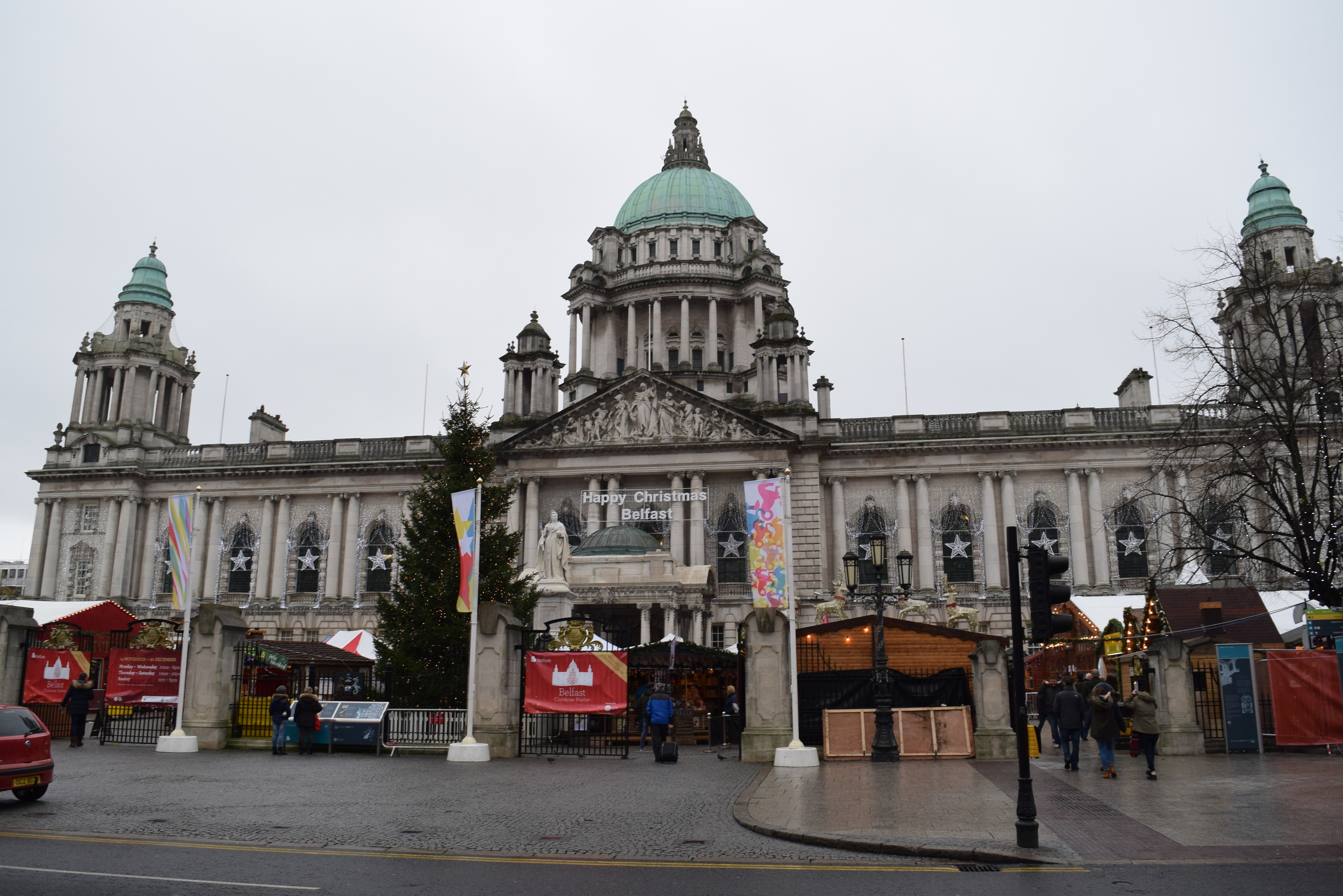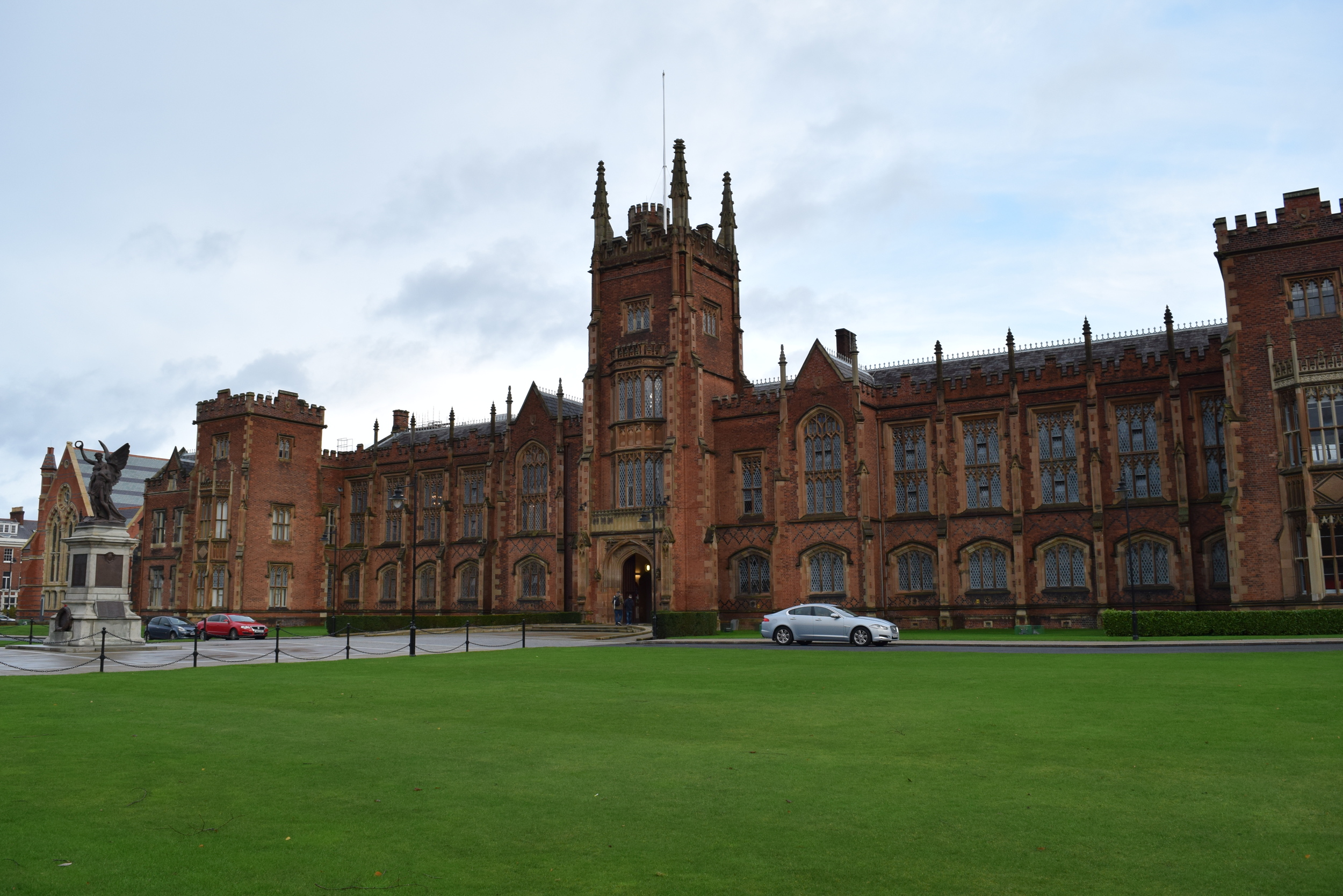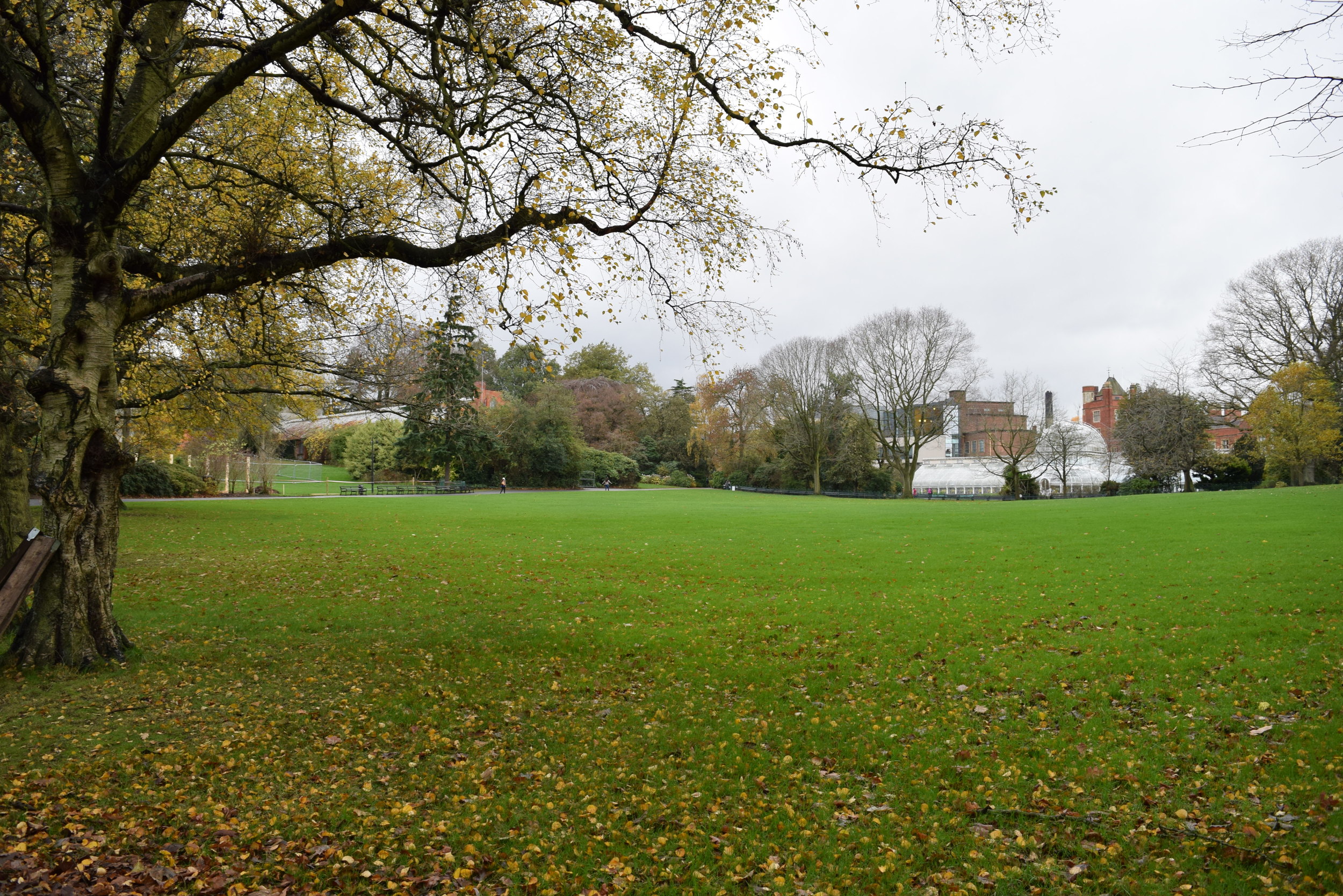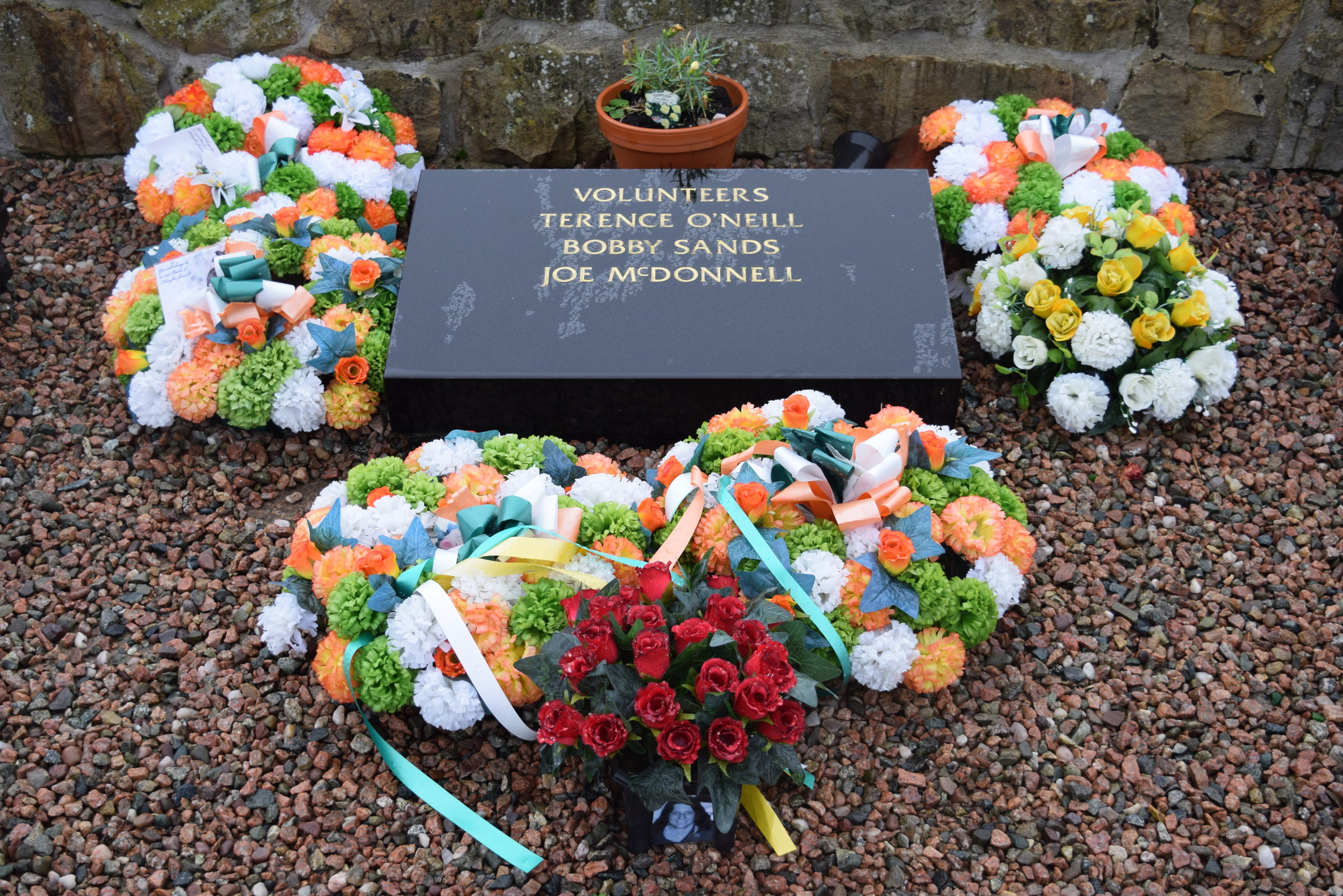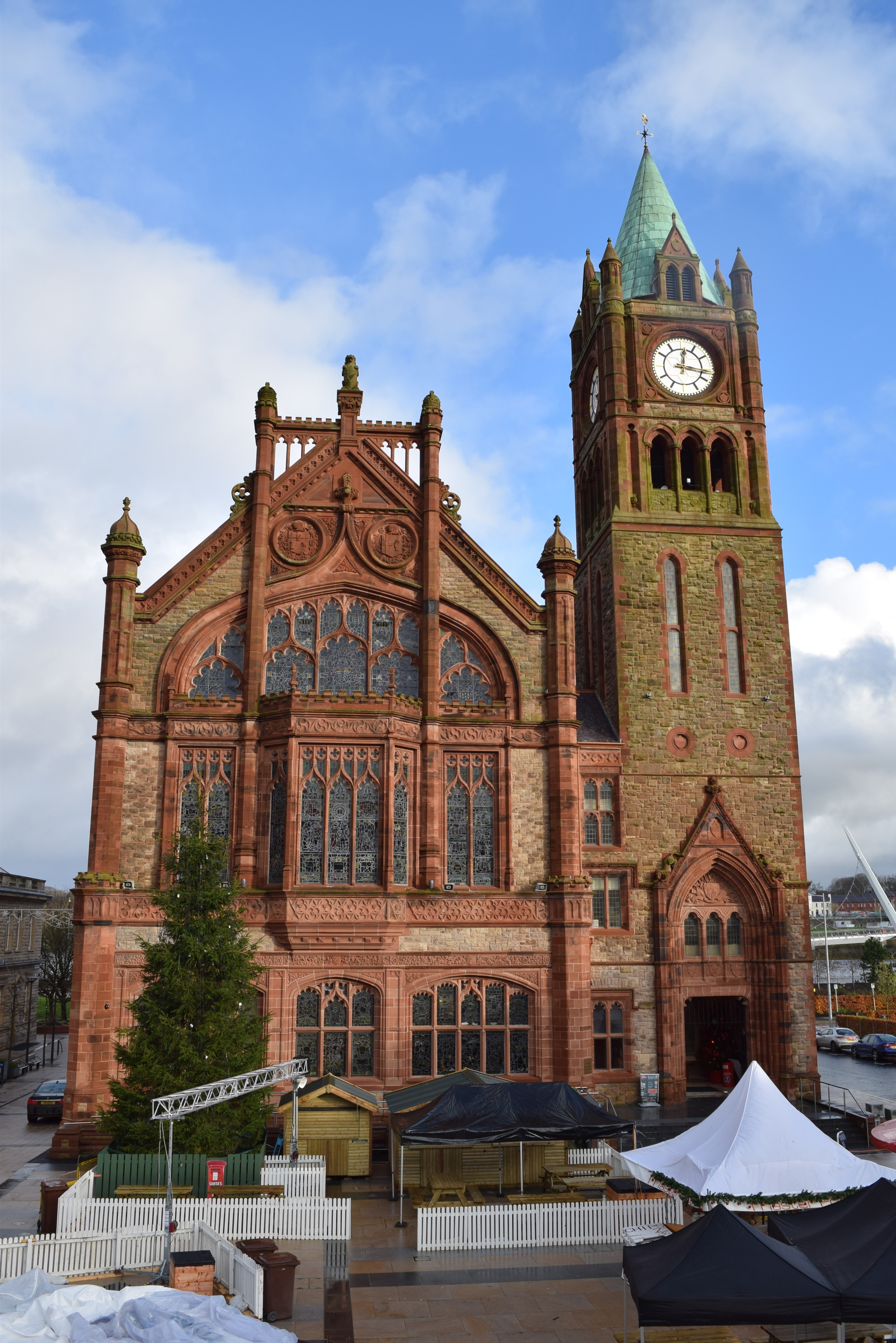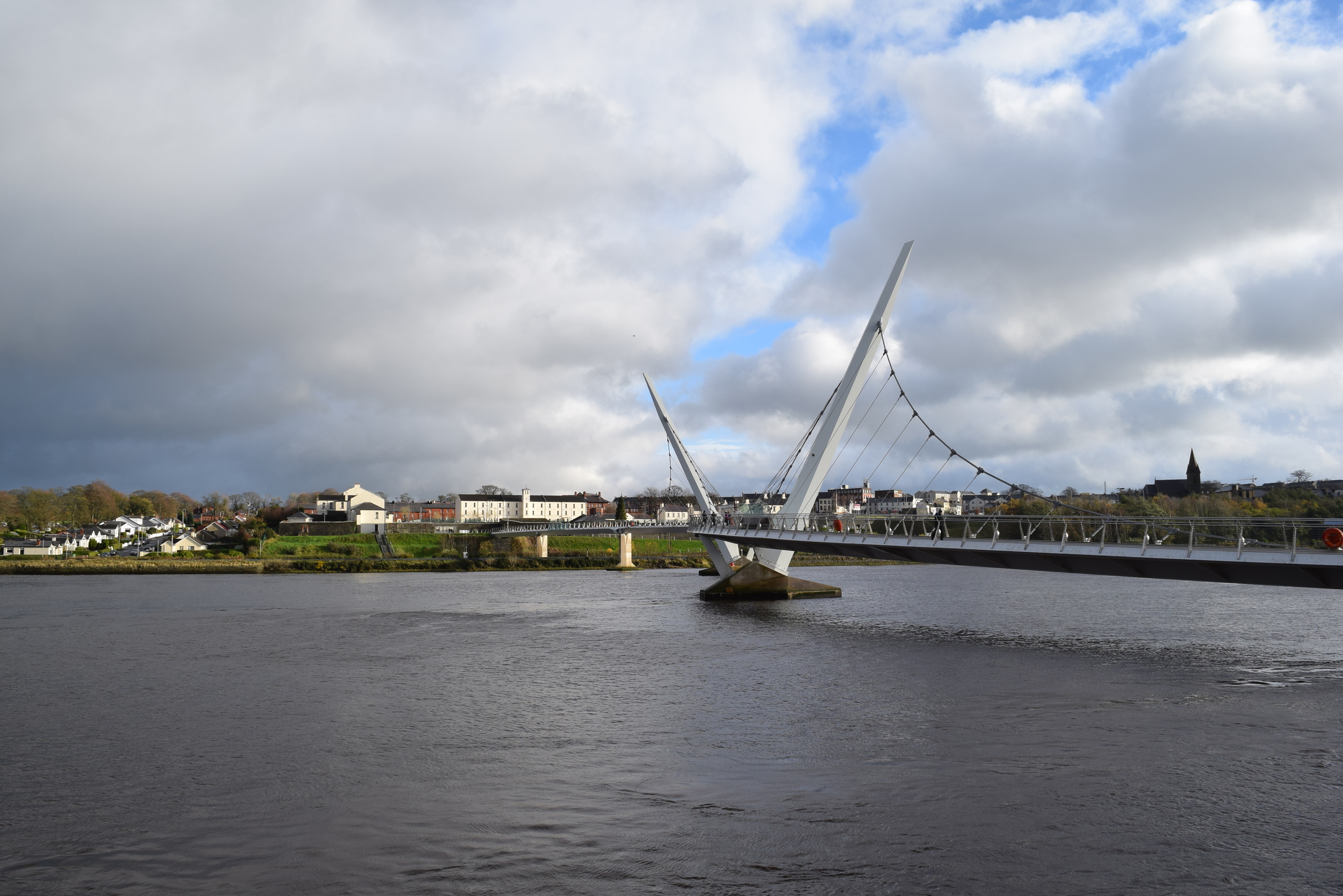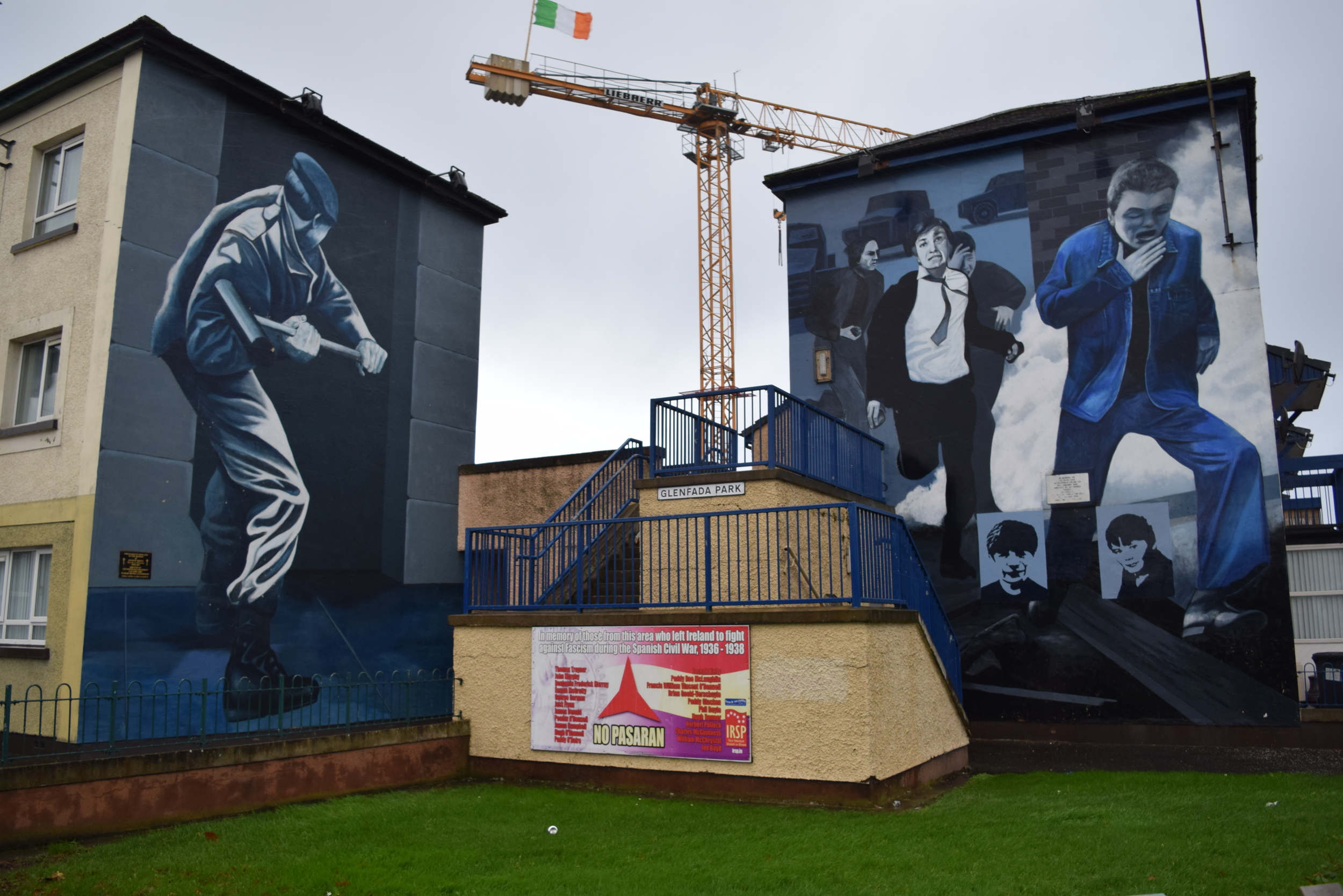12/30
I realize that Northern Ireland and the conflict around it gets quite convoluted at times. In my last post I probably employed certain phrases and discussed certain issues that I didn't bother to define. To help your understanding here are a few links that can aid in enlightenment.
CAIN (Conflict Archive on the Internet): Probably the best one stop resource for information on the conflict in Northern Ireland. Check it out for background.
Good Friday Agreement: Commonly viewed as the agreement to end the Troubles. The process behind was drawn out and nearly totally derailed on several occasions. It was not accepted by all paramilitaries leading to continued violence by some dissident groups. If you have hours of free time consider watching the BBC-produced series "Endgame in Ireland" (available on YouTube).
Should Paramilitary Murals in Belfast Be Repainted? Questions of how to deal with one of the most widely known visible legacies of the Troubles. I'd argue that they are integral for understanding how participants and community members understand the conflict and that eliminating them at this time would do little to heal the sectarian chasm.
The Siege of Derry as retold by a unionist website- centuries later the events still resonate.
Derry/Londonderry: The politics of the city's complicate even simple news coverage
Here are a few more photos of Belfast and Derry:

